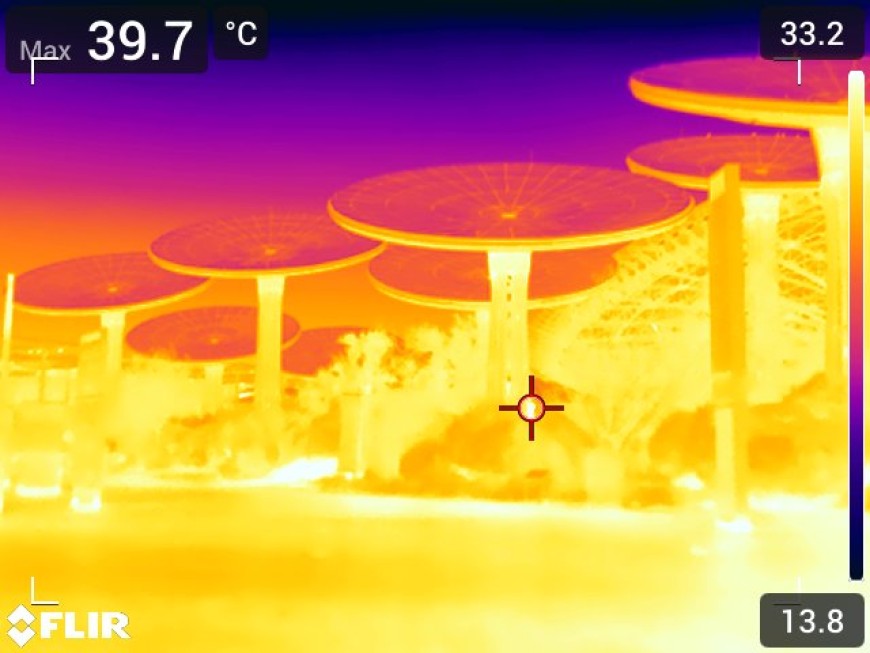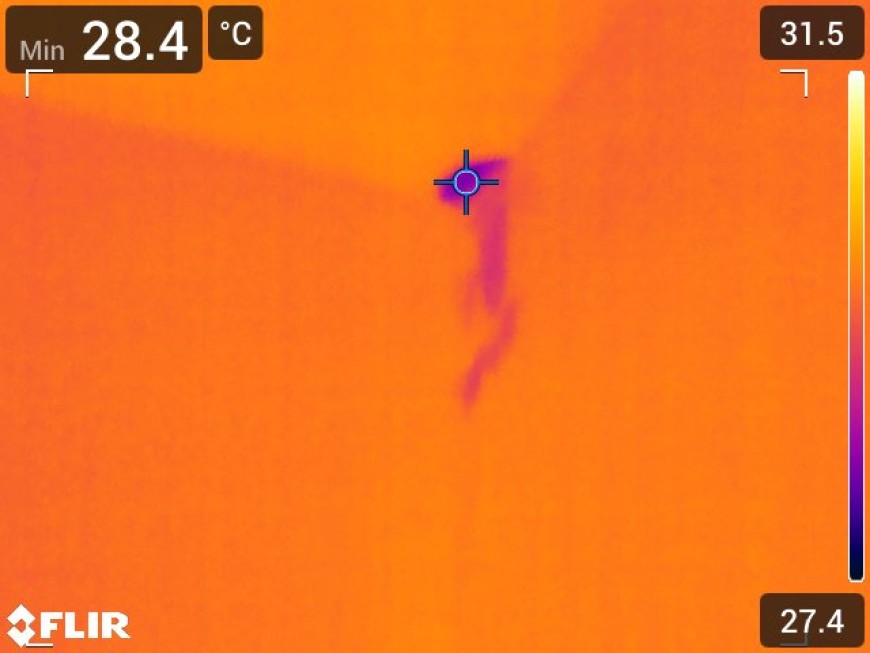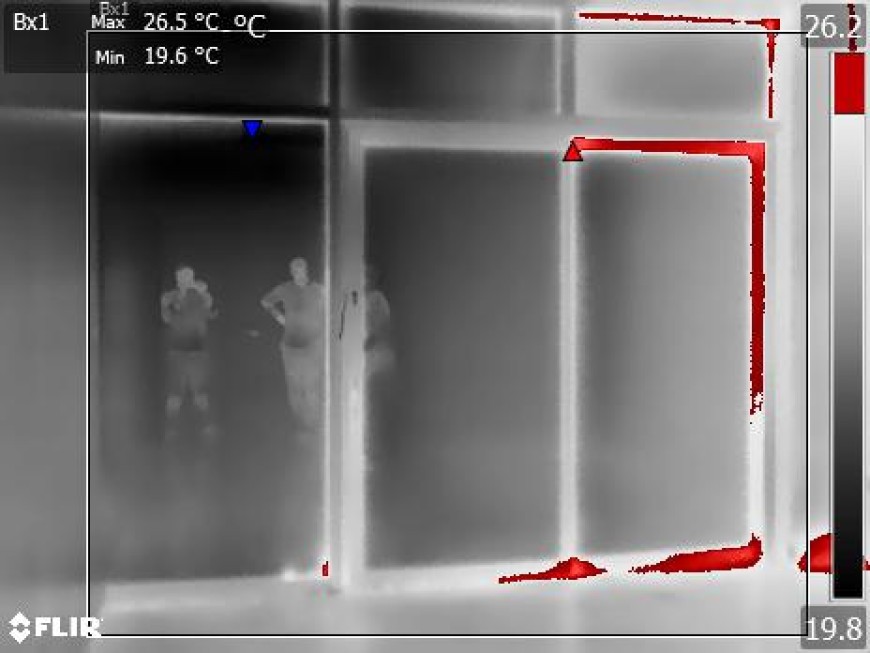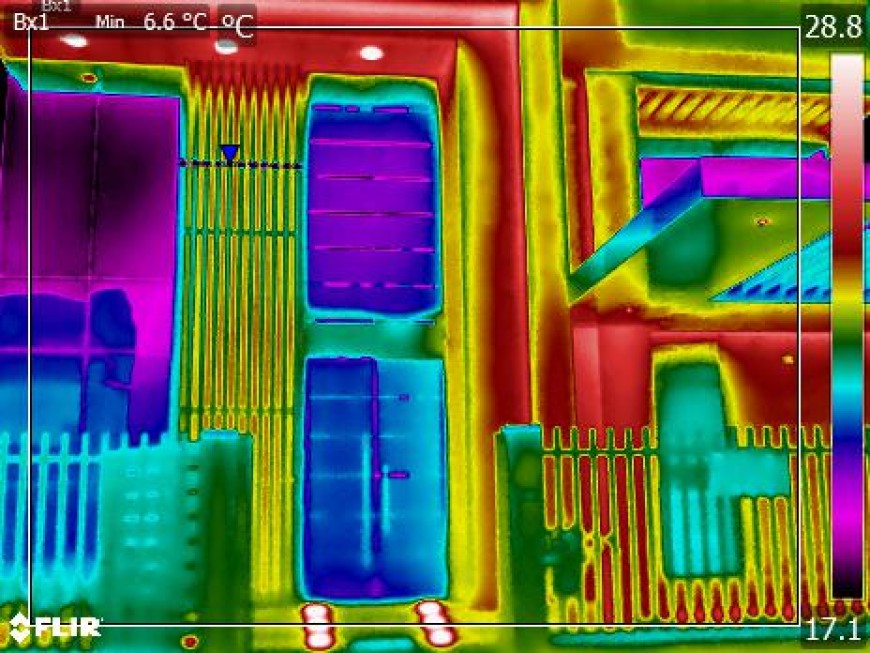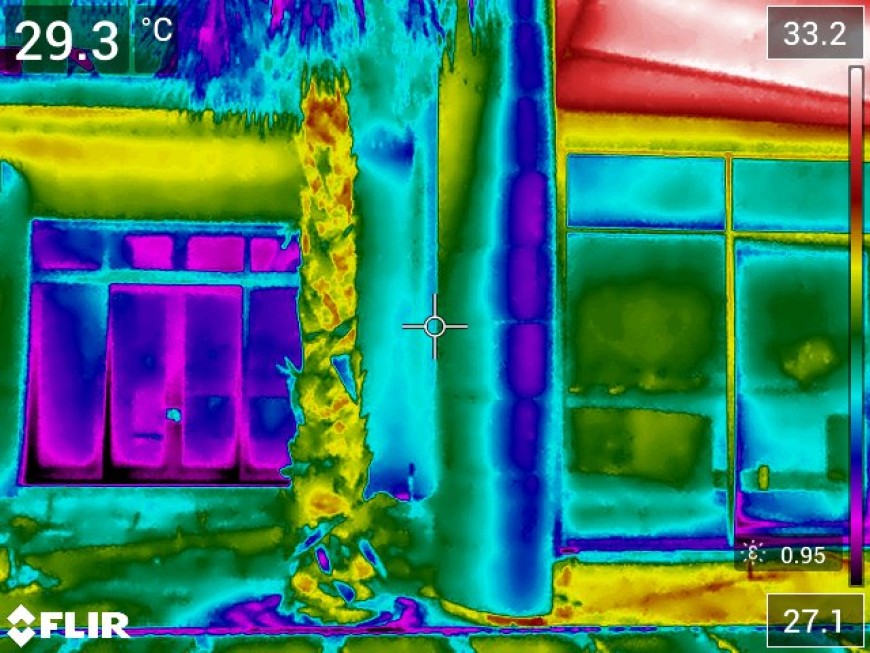BRING DOWN YOUR ELECTRICITY BILLS AND MAKE YOUR BUILDINGS ENERGY EFFICIENT
A thermal imaging camera is a unique tool to map the energy loss from a building. This method is quick and the thermal images which the camera produces provide a precise and convincing argumentation. The use of a thermal imaging camera – either as a standalone tool or in combination with other methods such as ‘Blower Door’ systems – speeds up the work considerably. Thermal imaging pinpoints exactly where the energy losses are without the use of any destructive testing methods. Thermal Imaging Inspection for buildings, villas and warehouses has been made mandatory by Trakhees-Government of Dubai as per EHS Green Building Regulations for air tightness.
Building and tower inspections are essential for assessing the condition, safety, and structural integrity of various structures. These inspections involve thorough examinations of buildings, towers, or other vertical structures to identify any defects, damage, or potential risks. Here are key points related to building and tower inspections:
Purpose of Inspections:
Building and tower inspections serve multiple purposes, including safety assessment, maintenance planning, compliance verification, and risk management. The inspections help identify structural issues, deterioration, signs of wear and tear, faulty components, or non-compliance with building codes and regulations.
Structural Integrity Assessment:
Building and tower inspections focus on assessing the structural integrity of the entire structure. This includes evaluating the foundation, walls, columns, beams, floors, roofs, and other load-bearing elements. Inspectors look for signs of structural damage, such as cracks, settlement, deformations, or deterioration, which can compromise the stability and safety of the building or tower.
Exterior Condition Evaluation:
Inspections also involve assessing the exterior condition of the building or tower. This includes examining the facade, cladding, windows, doors, balconies, and other exterior elements. The goal is to identify any damage, corrosion, leaks, or weaknesses that may affect the building’s weatherproofing, insulation, or aesthetics.
Inspection Techniques:
Building and tower inspections employ a range of techniques and tools. These may include visual inspections, close-up examinations, non-destructive testing methods, or the use of specialized equipment like drones, cameras, or laser scanning devices. The choice of techniques depends on the specific requirements, accessibility, and complexity of the structure.
Safety and Code Compliance:
Inspections ensure that buildings and towers comply with safety regulations, building codes, and industry standards. Inspectors verify the installation and functionality of safety features, such as fire suppression systems, emergency exits, handrails, guardrails, and electrical systems. Non-compliance issues are identified, and recommendations for necessary improvements or repairs are provided.
Defect and Damage Identification:
Inspections aim to identify defects, damages, or potential risks that may impact the building’s functionality, safety, or longevity. These can include issues like water infiltration, corrosion, material degradation, pest infestation, electrical faults, or inadequate maintenance. Early detection allows for timely repairs, preventing further deterioration and ensuring a safe environment.
Maintenance Planning:
Building and tower inspections facilitate effective maintenance planning. By identifying existing or potential issues, inspections help prioritize maintenance tasks, allocate resources, and develop preventive maintenance programs. This proactive approach reduces the likelihood of unexpected failures, extends the lifespan of the structure, and minimizes repair costs.
Environmental Considerations:
Inspections may also assess the impact of environmental factors on the building or tower. This includes evaluating the effects of weather, seismic activity, wind loads, temperature fluctuations, or exposure to chemicals. Understanding these influences helps determine the structural resilience and necessary protective measures.
Reporting and Documentation:
Detailed reports are prepared after building and tower inspections, documenting the findings, recommendations, and any required actions. These reports serve as a reference for future inspections, aid in compliance documentation, and provide a record of the structure’s condition over time. Documentation assists in tracking maintenance history and supporting insurance claims if needed.
Professional Inspection Services:
Building and tower inspections are typically carried out by trained professionals with expertise in structural engineering, architecture, or building inspection. Hiring professional inspection services ensures thorough assessments, adherence to industry standards, and access to specialized knowledge and equipment. Professionals can provide accurate evaluations, reliable recommendations, and guidance on necessary repairs or maintenance.



